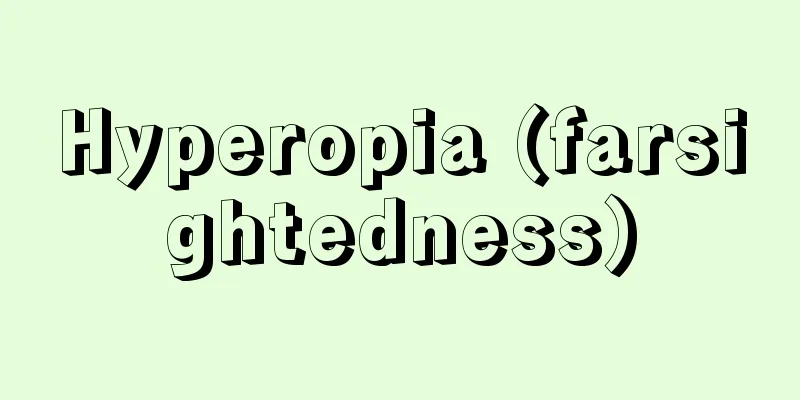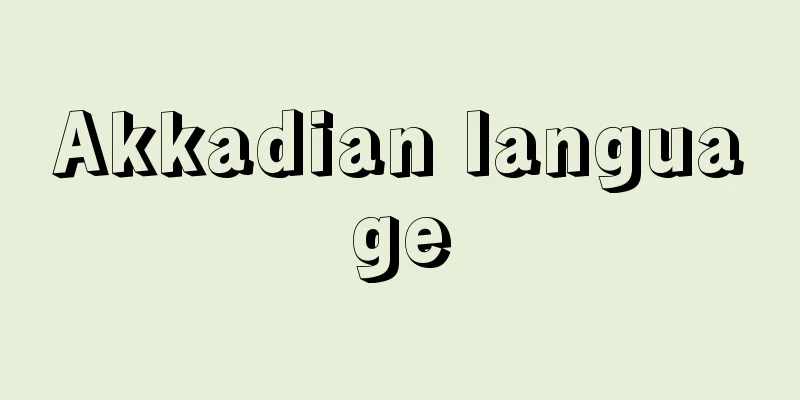Hyperopia (farsightedness)

What is the disease? The light that enters the eye Hyperopia is often mistaken for "good eyes that can see far away," but in terms of the refractive state of the eye, it is actually unable to focus on either far or near objects. However, the eye has a function called "accommodation" that increases the thickness of the crystalline lens, which acts as a lens, and shifts the position where the image is formed, so when we are young, we can see both far and near (Figure 73). However, as the ability to "accommodate" weakens with age, it becomes gradually harder to focus and it becomes more difficult to see things up close, which requires more "accommodation." People with hyperopia have more accommodative power than people with normal vision or myopia, which is why people often say, "I had good eyesight when I was young, so I developed presbyopia early." The approximate incidence of hyperopia is 100% in newborns, 60-70% in toddlers, 50% in elementary school students, 20% in junior high school students, and 15% in high school students, and then gradually decreases. In elderly people, hyperopia can return to myopia or hyperopia due to age-related changes in the crystalline lens. How symptoms manifest With farsightedness, the eyes have to constantly "adjust" when looking, which can lead to: 1) eye fatigue The type of hyperopia that requires the most attention is severe hyperopia in children. When hyperopia becomes severe, it becomes difficult to focus even with adjustments, so vision does not develop and, if left untreated, it can lead to amblyopia. Treatment methodsFarsightedness can be corrected with glasses or contact lenses. People who work long hours at close range, such as in an office or computer, are particularly susceptible to eye strain caused by accommodation, so wearing glasses for close-up work can help alleviate symptoms, regardless of age. Children with accommodative esotropia can have their esotropia treated with appropriate eyeglasses. Sayuri Ninomiya "> Figure 72 Hyperopia "> Figure 73. Focus adjustment Source: Houken “Sixth Edition Family Medicine Encyclopedia” Information about the Sixth Edition Family Medicine Encyclopedia |
どんな病気か 眼に入ってきた光は 遠視は「遠くが見えるよい眼」と勘違いされがちですが、眼の屈折状態としては、本当は遠くにも近くにもピントが合っていません。しかし、眼には水晶体というレンズのはたらきをする部分の厚みを増して像の結ばれる位置をずらす「調節」という機能があるので、若い頃は遠くも近くも見ることができます(図73)。 ただ、「調節」の機能は年齢とともに衰えてくるため、徐々にピントを合わせることができなくなり、より「調節」を要する近くから見えにくくなっていきます。遠視の人は正視の人や近視の人よりも多くの調節力がいるので、「若いころは眼がよかったから、早く老眼になった」とよくいわれているのはこのためです。 遠視のおおよその頻度は、新生児100%、幼児60~70%、小学生50%、中学生20%、高校生15%で漸次減少します。老人では水晶体の加齢変化により、再び遠視化したり、近視化することもあります。 症状の現れ方 遠視では、見る時に絶えず「調節」をしなければいけないため、①眼が疲れやすい( 最も注意が必要な遠視は小児の強度遠視です。遠視が強度になると調節をしてもピントが合いにくいため視力が発達せず、放置すると弱視になってしまいます。 治療の方法遠視の治療としては、眼鏡やコンタクトレンズによる矯正を行います。とくに事務やコンピュータなど長時間の近見作業に従事する人は調節による眼精疲労を起こしやすいため、年齢にかかわらず近見作業用の眼鏡の装用が、症状の軽減に役立ちます。 調節性内斜視の小児は、適切な眼鏡の装用により内斜視を治療することができます。また、 二宮 さゆり "> 図72 遠視 "> 図73 ピントの調節 出典 法研「六訂版 家庭医学大全科」六訂版 家庭医学大全科について 情報 |
Recommend
Partindo (English spelling)
A nationalist political party in Indonesia in the ...
Ontake faith
... The lofty and majestic shape of Mt. Ontake ha...
Medina del Campo (English spelling)
A city in the Castile-León region of central Spain...
Episome
A genetic element that is not essential for the h...
Hemoglobin
Hemoglobin is a pigment protein found in large qu...
Travels through the mountains and waters (English: shān shuǐ yóu jì)
A genre of Chinese prose. A record of sightseeing ...
Ryukyu Islands
A general term for the islands of Okinawa Prefect...
Karajeri tribe
…The second stage of the transitional rites shows...
Nobukatsu Oda
Year of death: 30 April 1630 (10 June 1630) Year o...
Training group - Kyododan
An institute for training non-commissioned officer...
KGB - KGB
〘Noun〙 (From the abbreviation of Komitjet gosudars...
Shibagaki Dance
〘Noun〙 A dance performed to the Shibagaki-bushi tu...
Bowed harp
…Harps are sometimes translated as “harps,” but t...
Comb-shaped magatama - Kushigatama magatama
A small magatama from the Yayoi culture period, si...
Temperament
…Since ancient Greece, there have been four famou...

![Tsukigase [Village] - Tsukigase](/upload/images/67cc3affcf359.webp)







